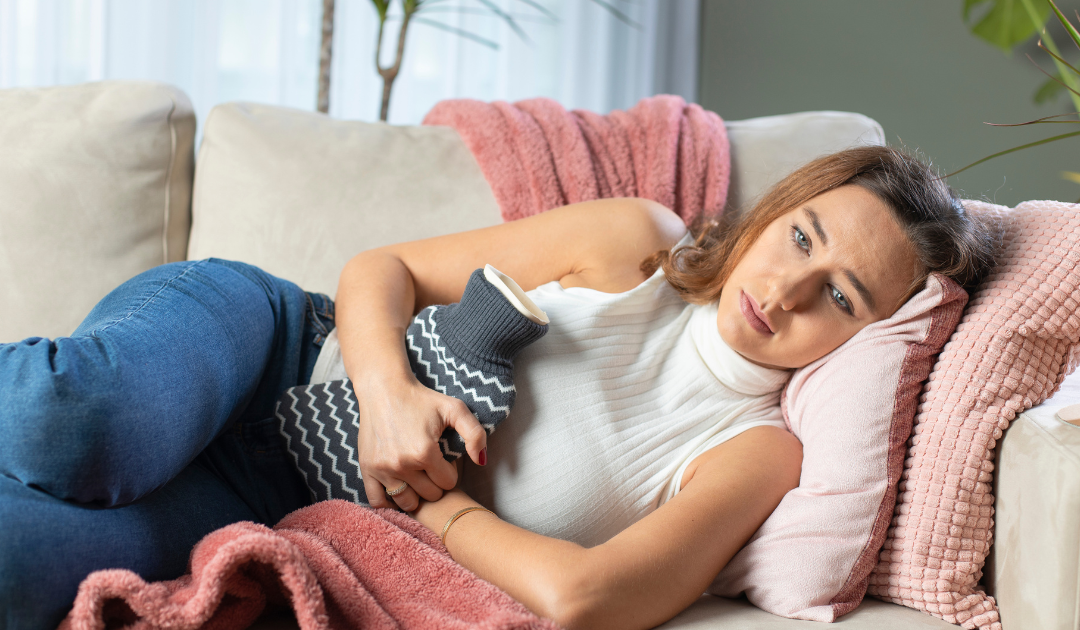Period pain, also known as dysmenorrhea, affects millions of women worldwide, causing discomfort and hindering daily activities during menstruation. While many seek relief through pain medication, there is a growing interest in finding natural alternatives.
Yoga, with its focus on mindful movement and breath, has emerged as a viable solution. Try adding yoga to your daily routine and see the difference for yourself. You can also try these poses to help you ease period pain.
Reclining Bound Angle Pose (Supta Baddha Konasana)
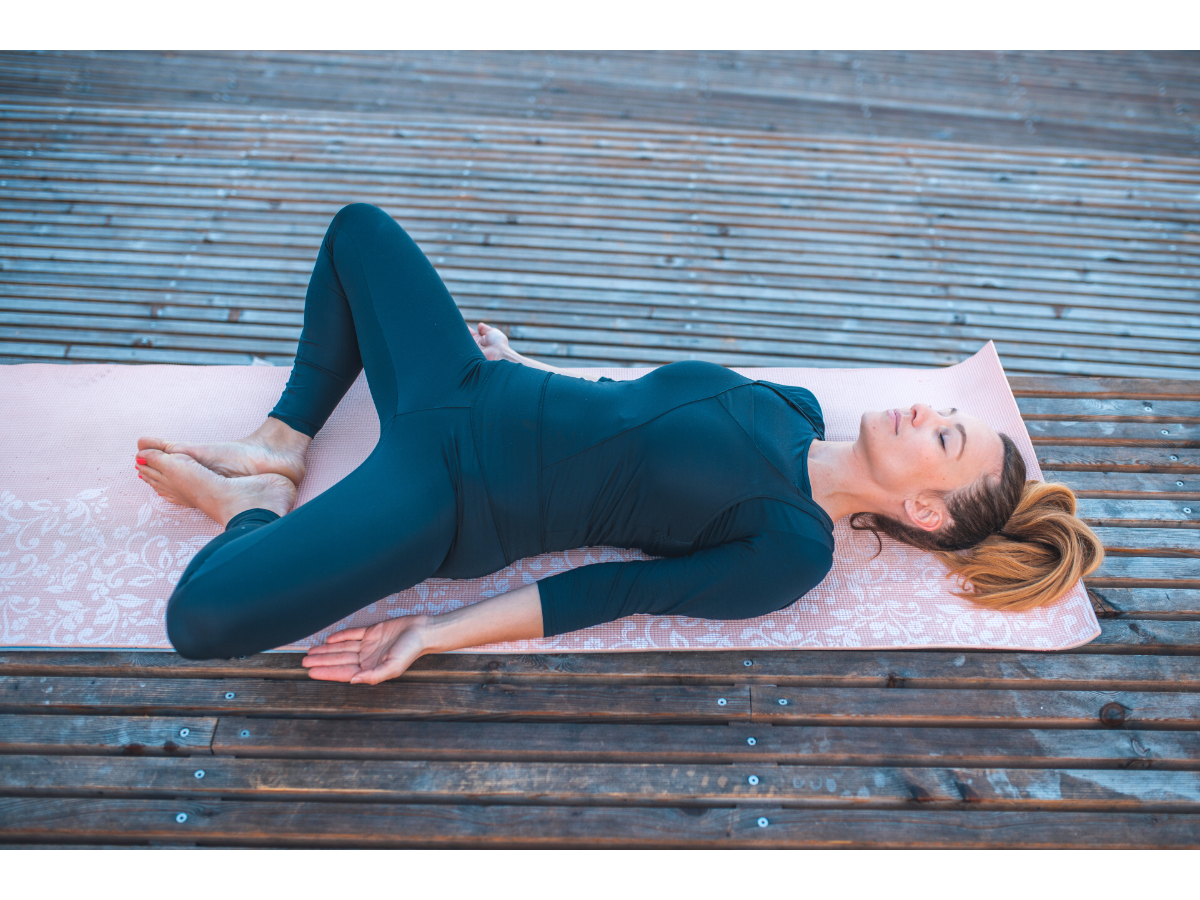
Instructions:
- Start by sitting on the floor with your knees bent and the soles of your feet together, allowing your knees to fall open to the sides.
- Slowly lie down on your back, keeping your feet together and letting your knees drop towards the ground.
- Rest your arms comfortably by your sides, palms facing up, and close your eyes.
- Relax into the pose and take deep, slow breaths, allowing the hips and pelvic area to open and release tension.
- Stay in this pose for a few minutes, gradually increasing the duration as your body allows.
Benefits:
Reclining Bound Angle Pose helps to relieve menstrual cramps, alleviates lower back pain, and improves blood circulation in the pelvic area.
Supported Forward Fold (Uttanasana with props)
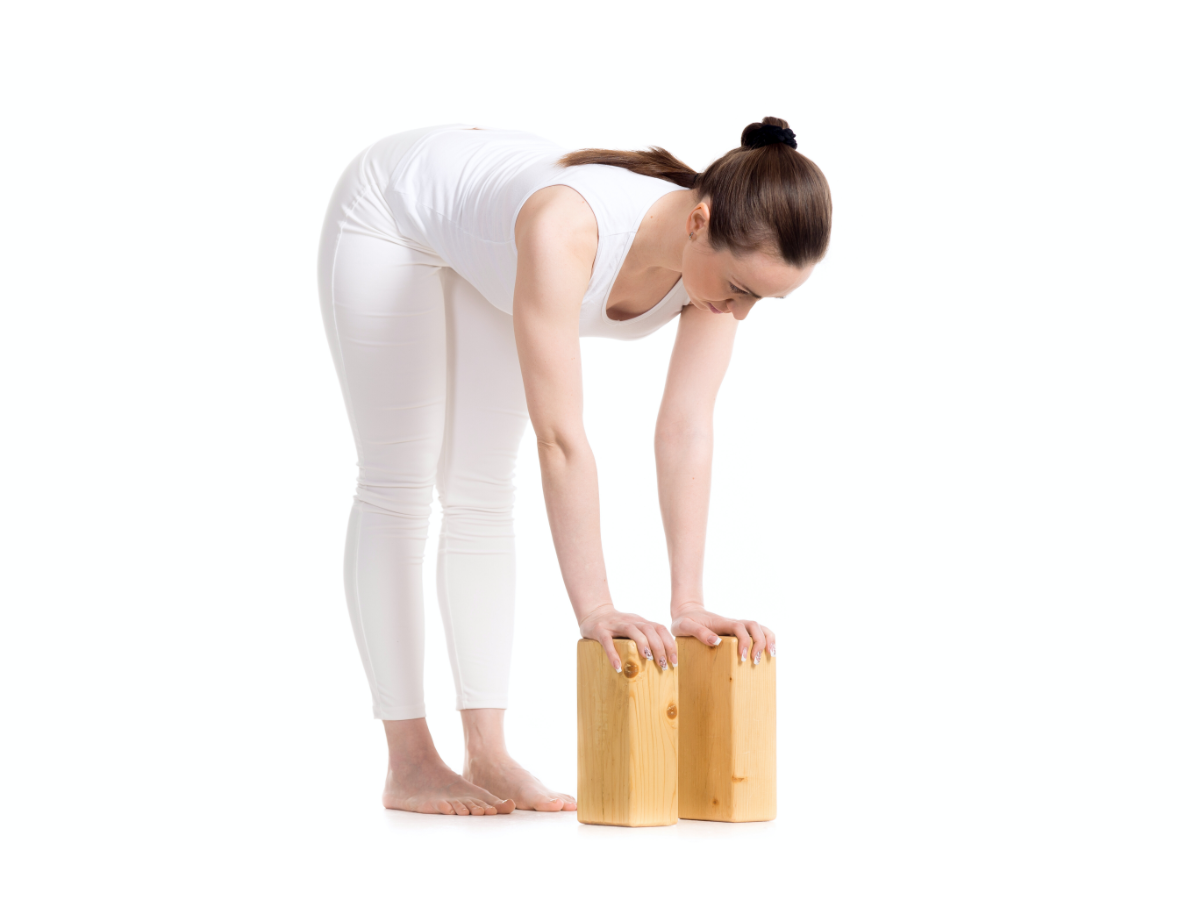
Instructions:
- Begin by standing with your feet hip-distance apart in front of a wall or keep two yoga blocks or a chair in front of you.
- Place your hands on the blocks or the wall and slowly fold forward from your hips, allowing your upper body to rest on the support.
- Keep a gentle bend in your knees to avoid strain on the lower back.
- Relax your head, neck, and shoulders, and breathe deeply, focusing on releasing tension in the lower back and abdomen.
- Hold the pose for a few minutes, allowing your body to unwind and relax.
Benefits:
Supported Forward Fold stretches the hamstrings, relieves lower back pain, helps to calm the nervous system, and provides gentle traction to the spine, reducing discomfort during menstruation.
Legs-Up-The-Wall Pose (Viparita Karani Variation)
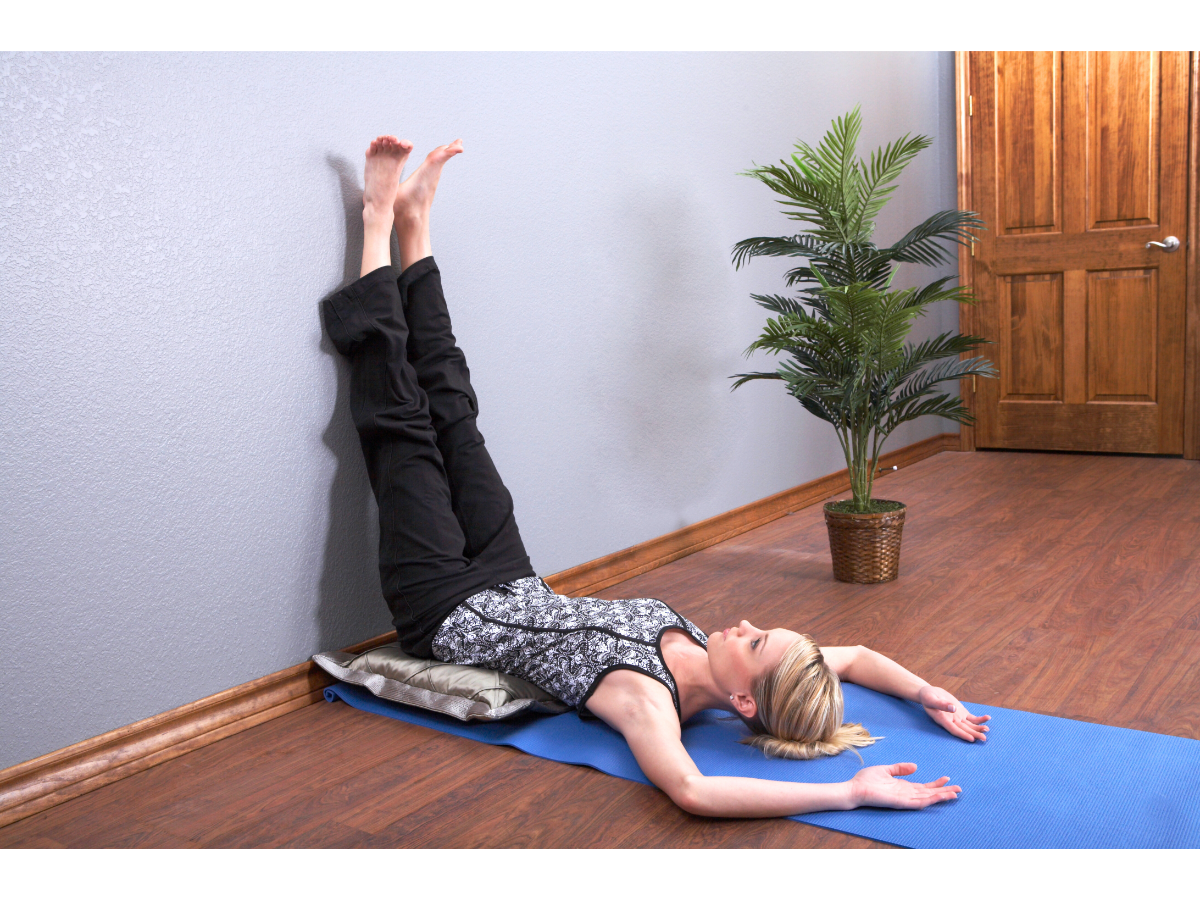
Instructions:
- Begin by sitting sideways next to a wall, with your right hip touching the wall.
- Lie down on your back (You can also place a pillow for extra support underneath your back) and slowly swing your legs up against the wall, allowing your hips to come as close to the wall as comfortable.
- Extend your arms comfortably by your sides, palms facing up, and close your eyes.
- Relax into the pose, focusing on deep, slow breaths, and allow gravity to gently stretch and release tension from the lower body.
- Stay in this pose for five to ten minutes, enjoying the calming and soothing effects.
Benefits:
- This variation of Legs-Up-The-Wall Pose offers similar benefits, such as reducing pelvic discomfort and aiding in hormonal balance.
- It is especially helpful for those who struggle with low back pain associated with periods. Additionally, it helps to relieve swollen feet and ankles, common during menstruation.
Child’s Pose (Balasana)
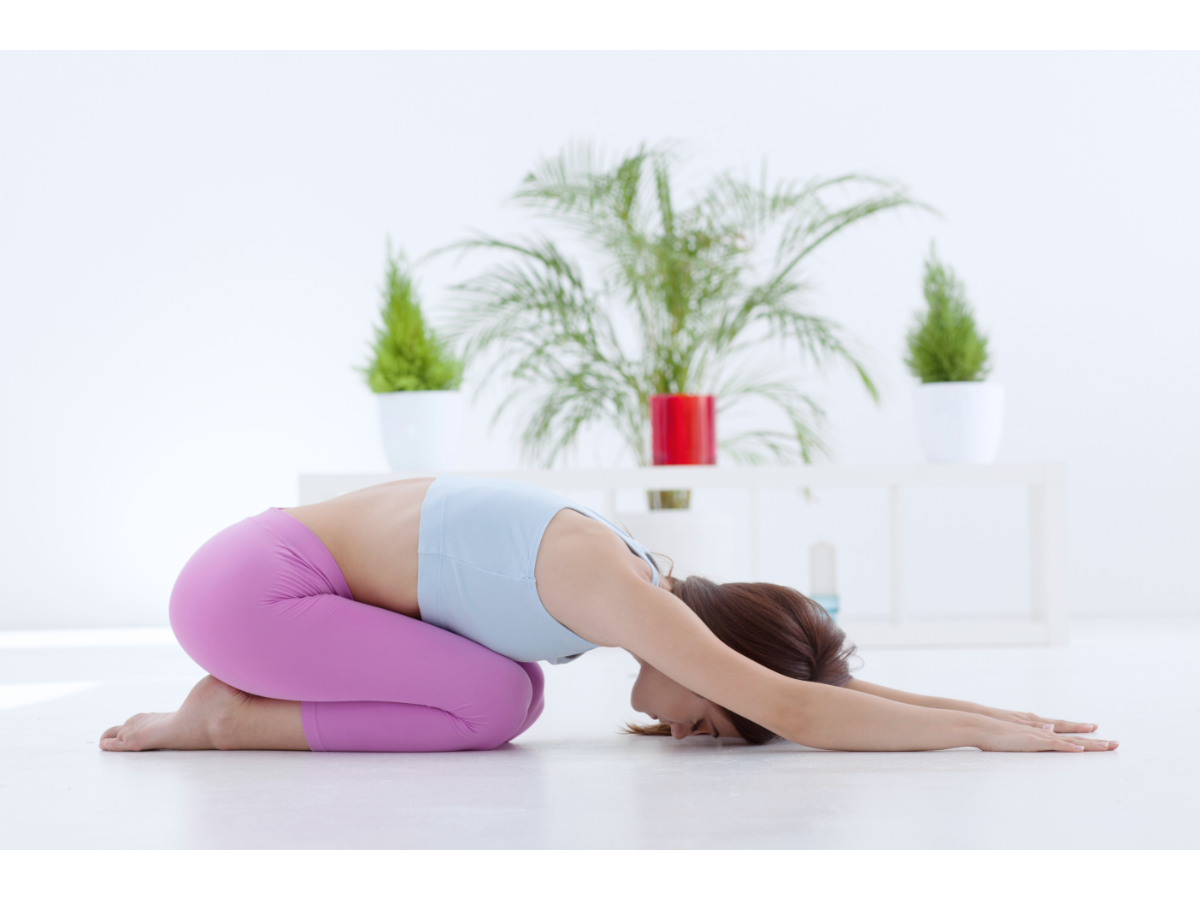
Instructions:
- Start by kneeling on the floor, bringing your big toes together, and sitting back on your heels.
- Extend your arms forward and lengthen your spine as you gently rest your forehead on the ground.
- Take deep breaths and allow your body to relax into the pose, feeling the tension release from your lower back and abdomen.
Benefits:
As one of the most relaxing and restorative poses in yoga, Child’s Pose offers relief from lower back pain and promotes a sense of calm.
Cat-Cow Pose (Marjaryasana-Bitilasana)
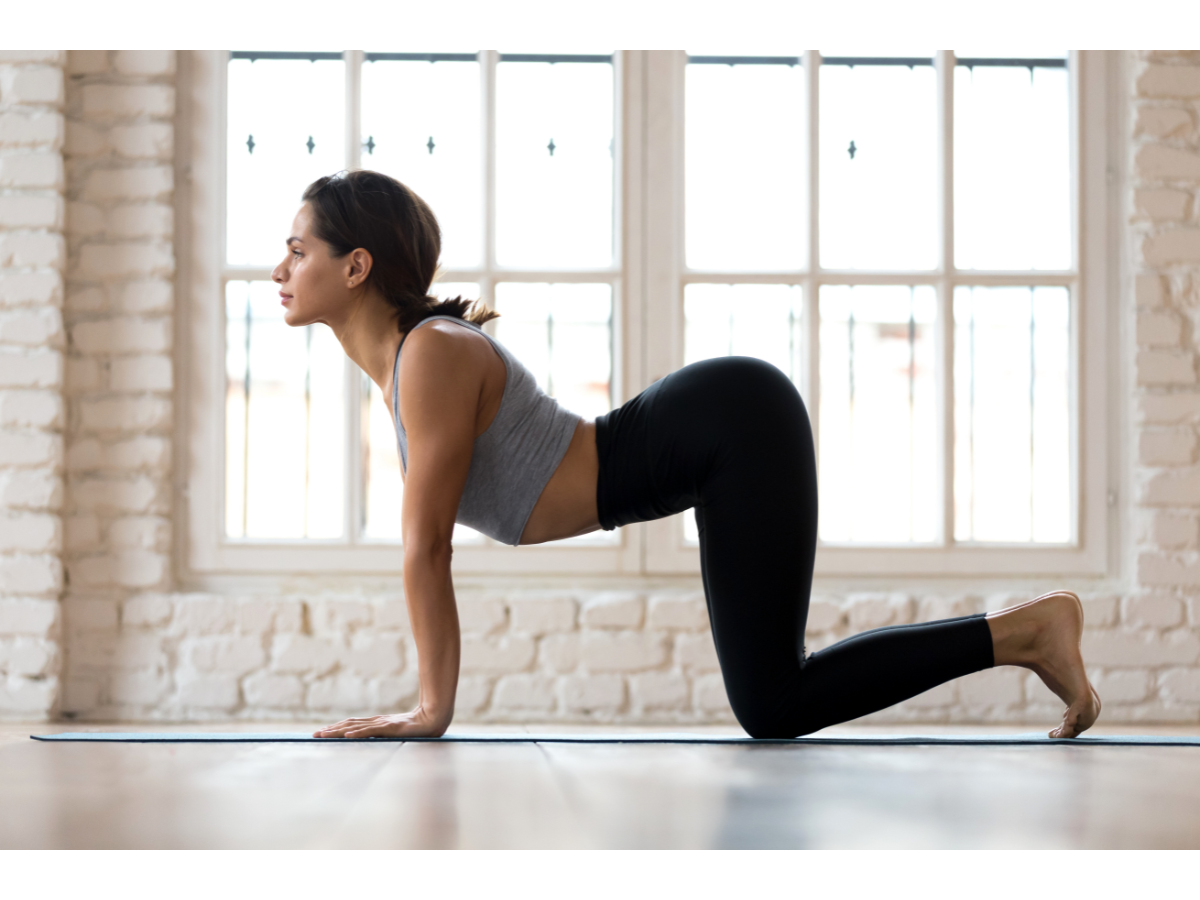
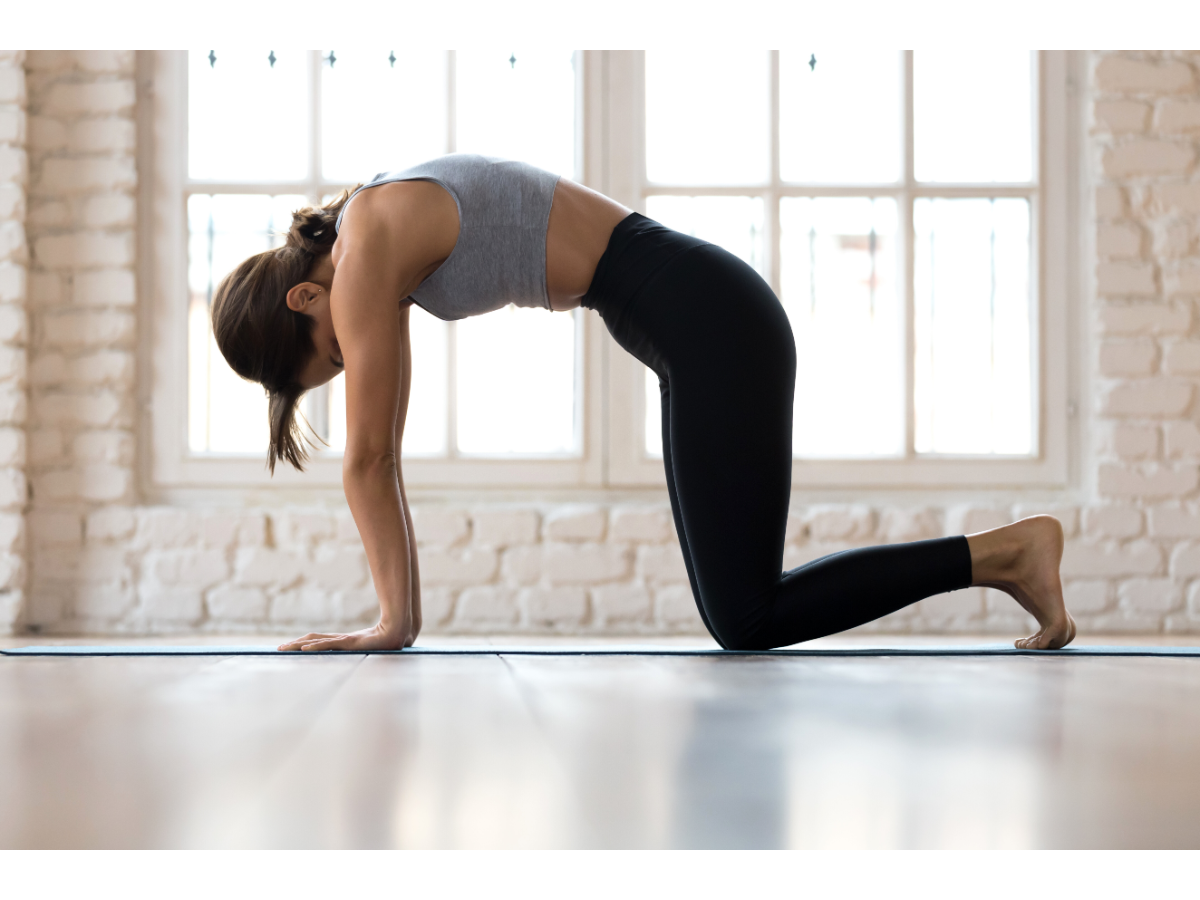
Instructions:
- Begin on all fours with your hands placed directly beneath your shoulders and your knees aligned under your hips.
- As you inhale, lift your chest and tailbone toward the ceiling while allowing your belly to sink towards the floor (Cow Pose).
- On the exhale, round your spine up toward the ceiling, tucking your chin in towards your chest (Cat Pose).
- Repeat this fluid motion, syncing it with your breath, to alleviate tension in your pelvic area.
Benefits:
Cat-Cow Pose is a gentle flowing movement that improves blood circulation and reduces cramps.
Supine Twist (Supta Matsyendrasana)
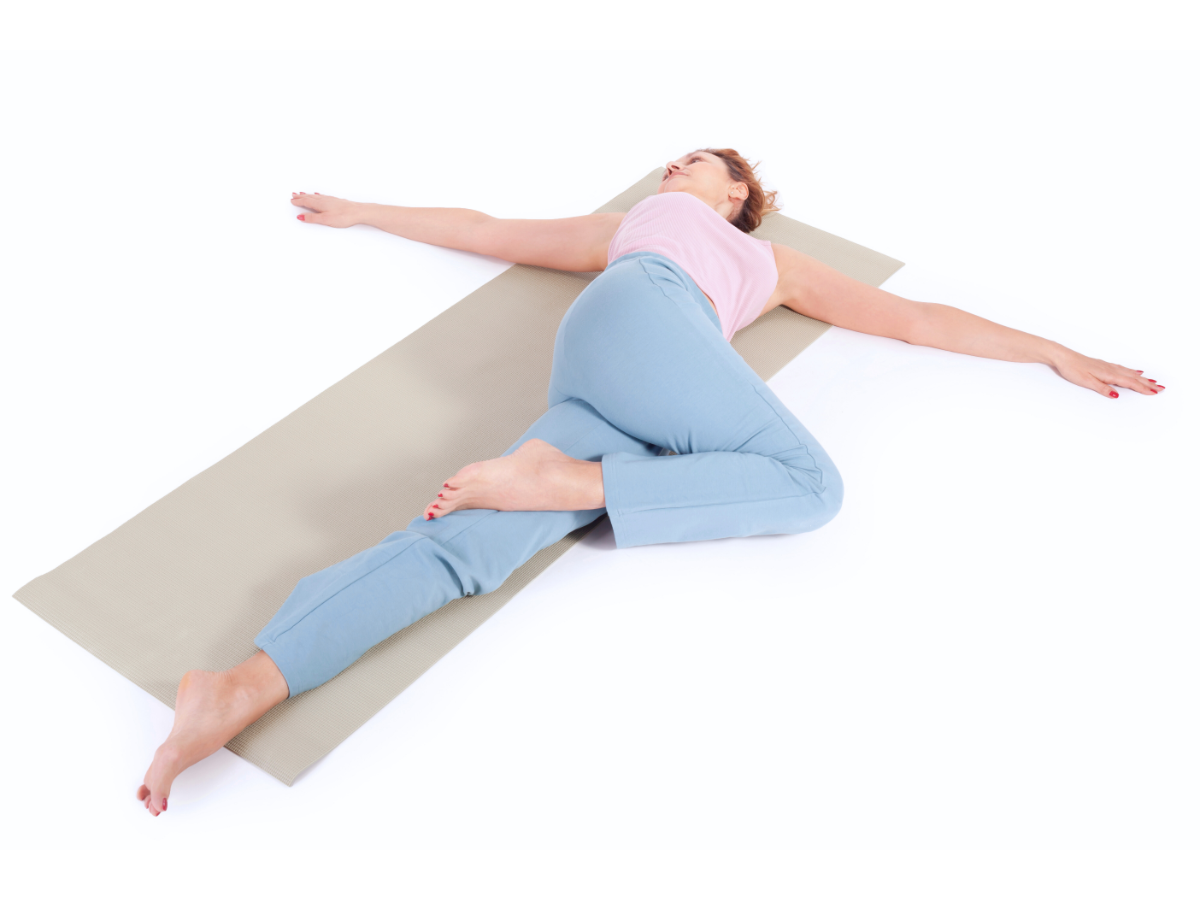
Instructions:
- Begin by lying flat on your back with your arms extended out to the sides, forming a T shape.
- Bend your right knee and cross it over your body, allowing it to rest on the floor on the left side.
- Gently turn your head to the right, feeling a gentle twist in your spine.
- Breathe deeply, relaxing deeper into the twist with each exhale. You can also add a bolster or folded blankets under the bent leg to make yourself more comfortable.
- After a few breaths, repeat the pose on the other side, bringing relief to both sides of your body.
Benefits:
Supine Twist is an effective pose for relieving tension in the lower back and abdomen. This pose eases the disomfort in the lower pelvic region and also stimulates blood flow and circulation.
Supported Bridge Pose (Setu Bandha Sarvangasana)
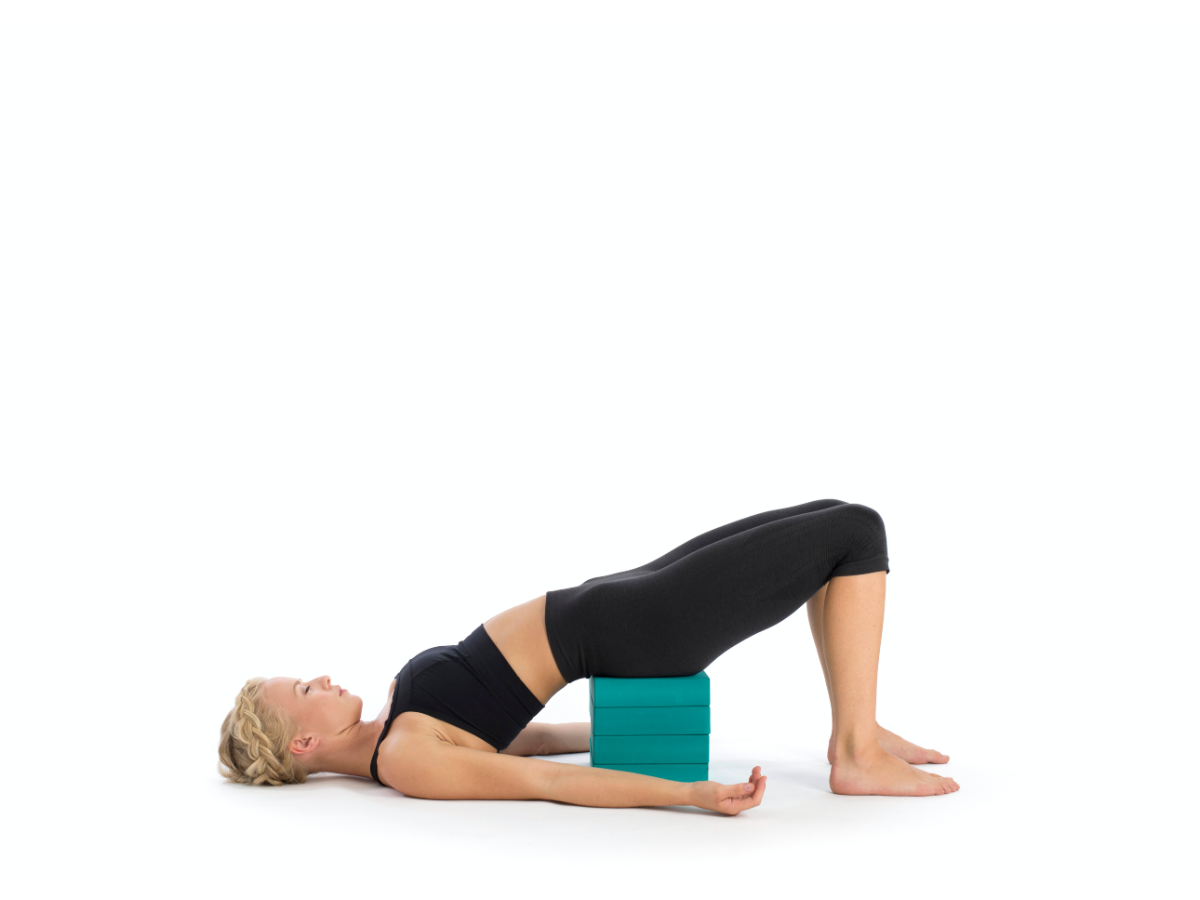
Instructions:
- Lie on your back with your knees bent and feet flat on the ground, hip-distance apart.
- With your arms by your sides, palms facing down, press your feet into the floor and lift your hips towards the ceiling.
- Slide a block or a bolster beneath your sacrum for support and stability.
- Breathe deeply, allowing your body to relax into the pose and release any tension in your pelvic area.
Benefits:
Supported Bridge Pose targets menstrual cramps and helps soothe the mind.
Tips to Perform Yoga Poses Effectively for Period Pain Relief
To enhance the effectiveness of these yoga poses for period pain relief, it is essential to follow these steps:
Warm Up
Prior to attempting any yoga poses, warm up your body with gentle movements, such as neck rolls, shoulder rolls, and gentle twists, to loosen up your muscles and prepare your body for the yoga practice.
Breathing Techniques
Incorporate deep diaphragmatic breathing throughout your practice to enhance relaxation and pain relief. Take slow, deep breaths in and out through your nose, focusing on expanding your belly on the inhale and contracting it on the exhale.
Duration and Frequency
While practicing these poses during your period, listen to your body and adjust the duration and frequency according to your comfort level. Start with shorter durations and gradually increase as you become more accustomed to the poses. Aim for consistency by practicing these poses daily or as often as needed during your menstrual cycle.
Takeaway
Yoga poses offer a natural and holistic approach to easing period pain and promoting overall well-being during menstruation. By incorporating the above-discussed yoga poses into your menstrual routine, you can find relief from common period discomforts such as lower back pain, cramps, and pelvic tension. Moreover, by practicing yoga, you empower yourself to take charge of your well-being without relying solely on medication. So, embrace the power of yoga to find harmony and alleviate period pain naturally.

